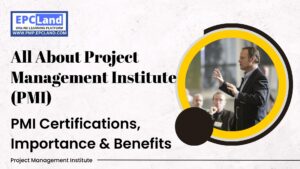1.
Which of the following is a defect?
2.
You have been asked to select from three projects. Project A has a net present value of $54,750 and will take six months to complete. Project B has a net present value of $85,100 and will take two years to complete. Project C has a net present value of $15,000 and a benefit-cost ratio of 5:2. Which project should you choose?
3.
At the beginning of the project, you hold a meeting with all of the stakeholders in your project in order to figure out how everyone will communicate as the work goes on. Which of the following terms best describes that meeting?
4.
You’ve been hired by a large consulting firm to lead an accounting project. You determine the needs of the project and divide the work up into work packages so that you can show how all of it fits into categories. What are you creating?
5.
You’ve been hired by a large consulting firm to evaluate a software project for them. You have access to the CPI and EV for the project, but not the AC. The CPI is .92, and the EV is $172,500. How much money has actually been spent on the project?
6.
Which of the following is not an artifact that can be generated in the process of finalizing all activities for a project?
7.
As you determine the acceptance criteria, constraints, and assumptions for the project you record them in which document?
8.
You are managing a project with 23 team members and 6 key stakeholders. Two team members identify a problem with the current approach. Addressing that problem will require changes to the project plan and its subsidiary plans. One of the stakeholders previously indicated that any delays are unacceptable, and your team members tell you that it’s possible the change could cause the team to miss at least one critical deadline. What is the best way to deal with this situation?
9.
Approved changes are implemented in which process?
10.
A project manager is faced with two team members who have conflicting opinions. One team member explains her side of the conflict, and presents a possible solution. But before the other team member starts to explain his side of things, the project manager says, “I’ve heard enough, and I’ve decided to go with the solution I’ve heard.” This is an example of:










































